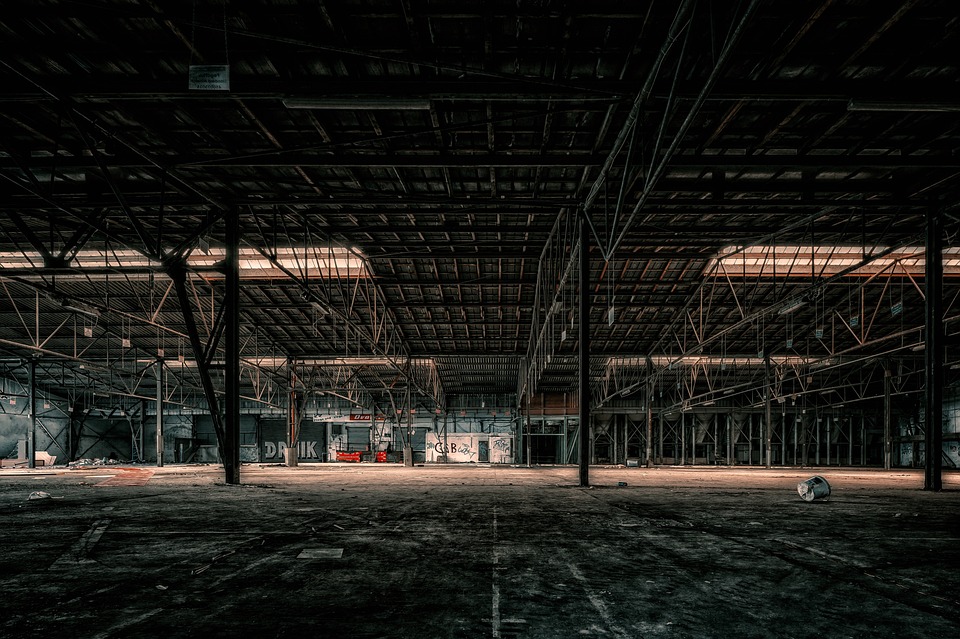Breaking Barriers: Diversity and Representation in the Film Industry
The film industry has long been criticized for its lack of diversity and representation in front of and behind the camera. However, in recent years there have been concerted efforts to break down barriers and increase inclusion in the industry. From casting more diverse actors to hiring more women and people of color in key production roles, the push for diversity and representation is gaining momentum. This article will explore some of the key barriers that have historically limited diversity in the film industry and highlight some of the progress that has been made in recent years.
The Lack of Diversity in the Film Industry
For decades, the film industry has been dominated by white male actors, directors, and producers. This lack of diversity has meant that stories and perspectives from a wide range of backgrounds have been underrepresented on screen. People of color, women, and members of the LGBTQ+ community have often been marginalized in the industry, both in terms of the roles they are able to play and the opportunities they have to work behind the camera. This lack of representation has had a negative impact on the industry as a whole, limiting the range of stories that are told and perpetuating harmful stereotypes.
Breaking Down Barriers
In recent years, there has been a growing push for more diversity and representation in the film industry. This has been driven by a number of factors, including changing audience demographics and increasing pressure from activists and advocacy groups. Many studios and production companies are now actively seeking out diverse talent for both on-screen roles and key production positions. This includes casting actors of different racial and ethnic backgrounds, hiring more women and people of color as directors and producers, and promoting stories that center marginalized communities.
Progress in the Industry
While there is still much work to be done to achieve true diversity and representation in the film industry, there have been some notable successes in recent years. Films such as “Black Panther,” “Crazy Rich Asians,” and “Moonlight” have received critical acclaim and box office success, showing that there is a market for stories that center people of color and other marginalized communities. Additionally, more women and people of color are moving into key creative roles behind the camera, helping to shape the future of the industry.
In addition to changes in the types of stories being told, there has also been a shift in the way that these stories are being told. Filmmakers are increasingly looking for authentic voices and perspectives, seeking out writers, directors, and actors who can bring a unique and diverse point of view to their projects. This has led to more nuanced and complex portrayals of characters from underrepresented communities, challenging stereotypes and creating opportunities for meaningful representation.
Challenges and Opportunities
Despite the progress that has been made, there are still significant challenges facing diversity and representation in the film industry. Many marginalized communities continue to be underrepresented both on screen and behind the camera, and there is still a long way to go in terms of creating a truly inclusive and equitable industry. However, there are also opportunities for positive change. The rise of streaming platforms and independent production companies has created new avenues for diverse voices to be heard, allowing filmmakers to reach audiences that may have previously been overlooked.
Conclusion
In conclusion, the push for diversity and representation in the film industry is gaining momentum, with more films and TV shows featuring diverse casts and stories that center marginalized communities. While there is still much work to be done to achieve true inclusivity, there have been notable successes in recent years that show the potential for positive change. By breaking down barriers and creating opportunities for diverse talent to thrive, the film industry can become a more vibrant and inclusive space for all voices to be heard.
